Francesco Castelli, better known as Borromini, was an Italian architect who lived in the first half of the 17th-century. Along with Gian Lorenzo Bernini, he was a leading architect of the Baroque period. Borromini was born in September, 1599 in Bissone, now Switzerland, then part of Lombardy. Around 1608, he moved to Milan where he worked as a marble cutter and engraver.
In 1620, Borromini went to Rome, at the height of its baroque period. The concept of space had been transformed, baroque architecture was dynamic, making use of light play and theatrical shapes. Borromini went to work with architect Carlo Maderno in the workshop of St. Peter’s basilica. When Maderno died, Borromini became assistant to the new director, sculptor and architect Bernini. The pair worked on Palazzo Barberini together, kindling an artistic and personal rivalry that would last all their lives.
At 36, Borromini he received a commission for the church of San Carlo alle Quattro Fontane. Borromini alternated concave and convex spaces for the church using curved walls, columns that project out or were indented and topped it off with four coffered arches that make the central dome seem flat. The overall effect of San Carlo is both ornate and unsettling.
The façade for the Oratory of St. Philip Neri, built during the same period, [1637-1642] was an elaborate play on concave lines alternating with convex elements. In 1642, Borromini began the church of Sant’Ivo alla Sapienza, one of his most important works. Borromini used two inverted, overlapping triangles for the floor plan. He softened the layout with rounded walls and soft curves that give moment to the dome. In 1644, Innocent X became pope. Borromini gained the pope's sympathies over rival Bernini. Restoration of the basilica of St. John Lateran was the first of many papal commissions. [1646-1649] Borromini followed the building’s original layout but broke the flow of arches by alternating them with columns. The overall effect combines stylistic serenity with great solemnity. Borromini received many commissions over the years, among them Sant’Agnese in Agone in Piazza Navona. The church's concave façade provides respite from the straight lines of Piazza Navona. Borromini worked on San Carlo alle Quattro Fontane for many years. His last work was the façade. When Innocent X died in 1655, Borromini lost his most influential sponsor. His career was over. Suffering from severe depression, Borromini took his own life in the summer of 1667 by falling on a sword. He was 68.
RELATED
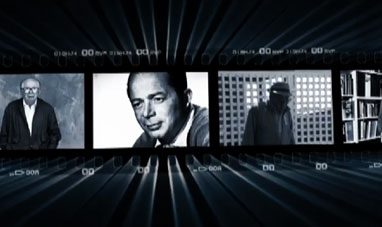

BILLY WILDER
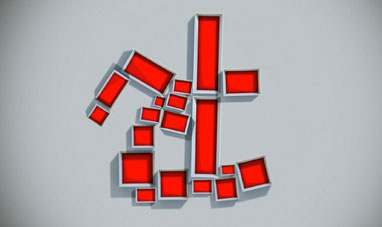

MICHELANGELO PISTOLETTO
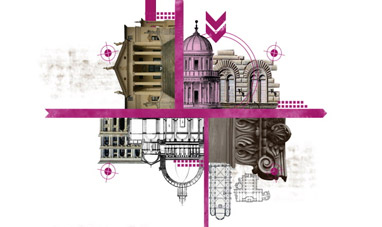

LEON BATTISTA ALBERTI
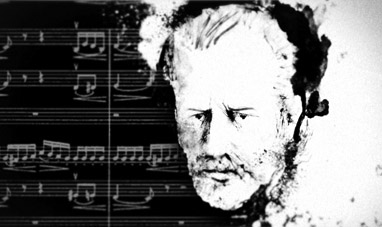

PYOTR ILLYCH TCHAIKOVSKY
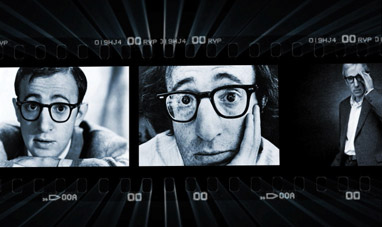

WOODY ALLEN


BERTEL THORVALDSEN


ADOLF LOOS
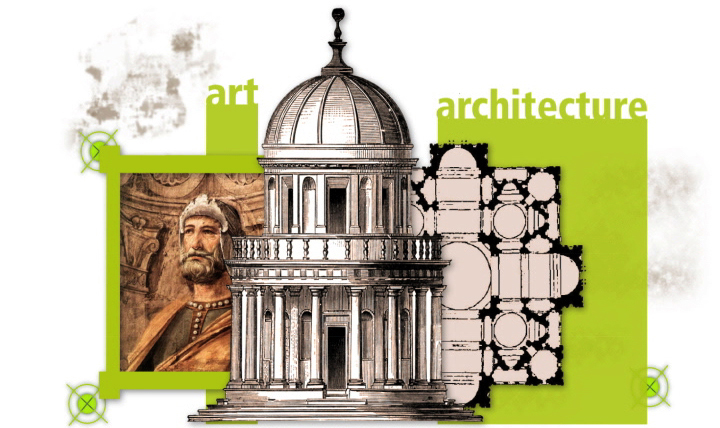

DONATO BRAMANTE
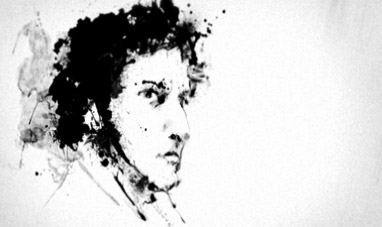

FRÉDÉRIC CHOPIN


CLAUDE MONET
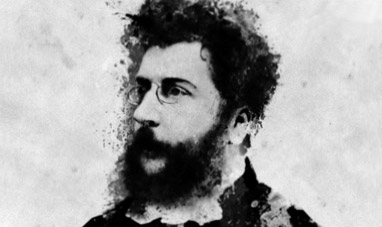

GEORGES BIZET
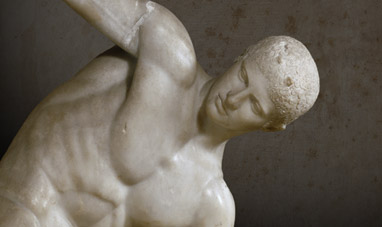

MYRON


THE ECSTASY OF SAINT TERESA
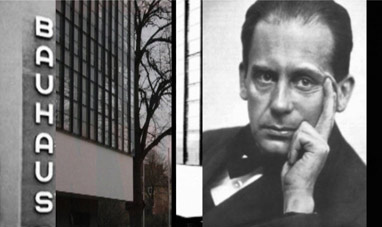

WALTER GROPIUS


MICHELANGELO BUONARROTI


JEAN AUGUSTE DOMINIQUE INGRES


KARL FRIEDRICH SCHINKEL
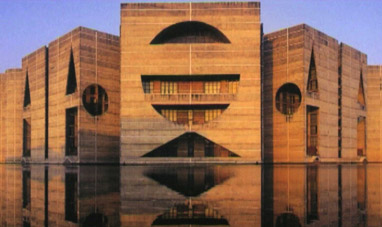

LOUIS KAHN
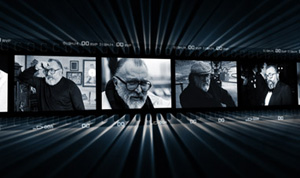

SERGIO LEONE
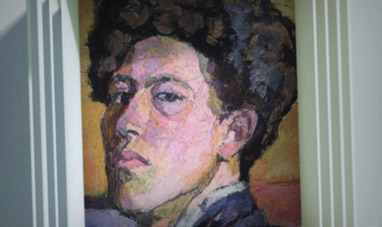

ALBERTO GIACOMETTI


MARILYN MONROE
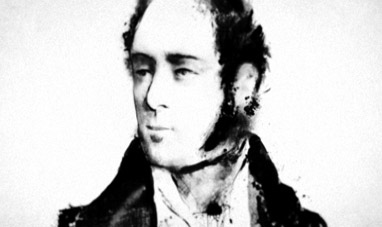

VINCENZO BELLINI


EURIPIDES


STEVEN SPIELBERG
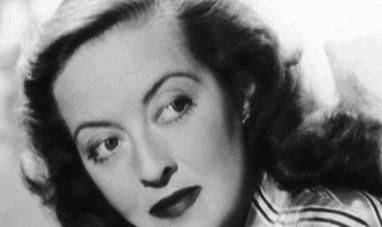

BETTE DAVIS
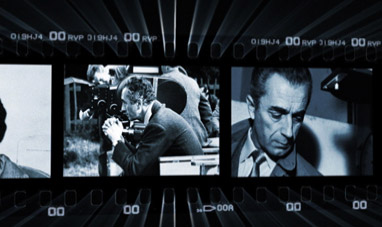

MICHELANGELO ANTONIONI
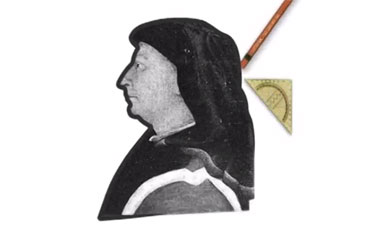

FILIPPO BRUNELLESCHI
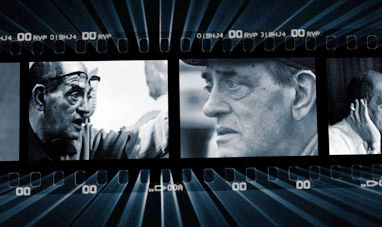

LUIS BUÑUEL
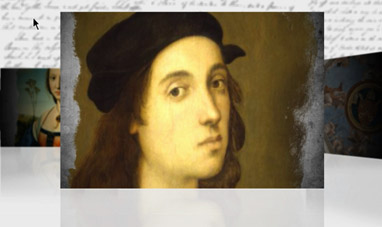

RAPHAEL


JOHANNES BRAHMS
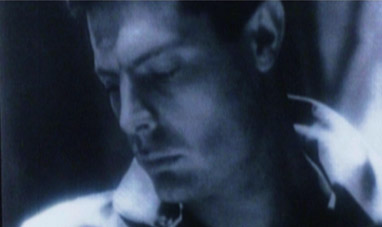

MARCELLO MASTROIANNI
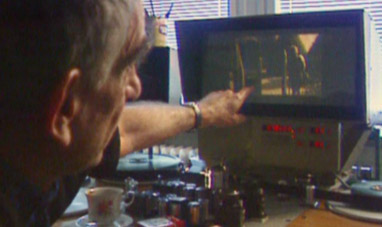

KRZYSZTOF KIELOWSKI
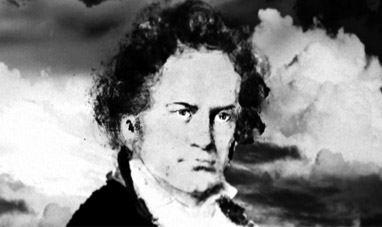

LUDWIG VAN BEETHOVEN


GIAN MARIA VOLONTÉ


VINCENT VAN GOGH


LYSIPPOS
